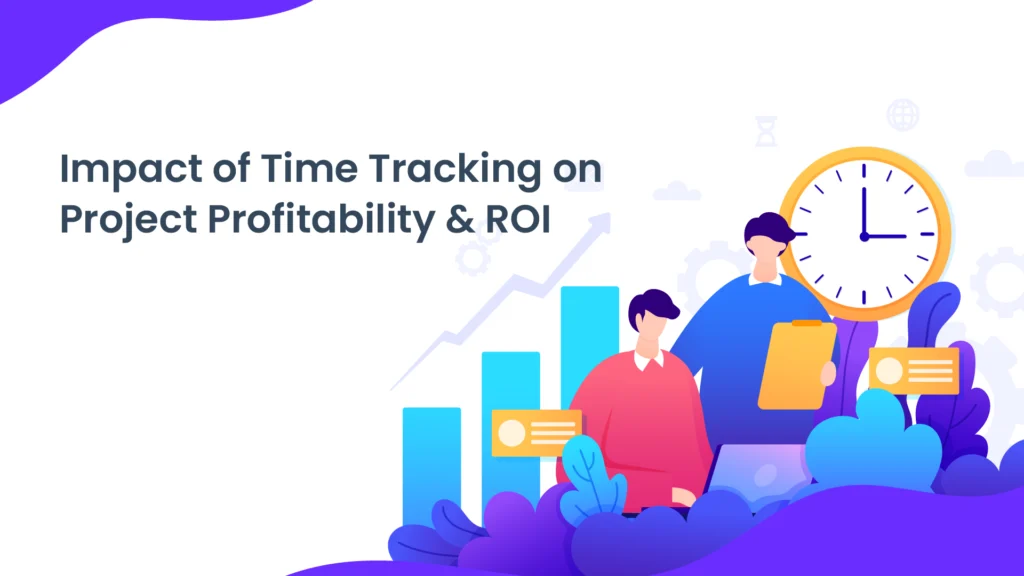When initiating a project for your business, knowing how much profit and return on investment they can generate for the organization is significant. While discussing return on investment, the ROI analysis can help companies check the project’s performance. An increased ROI typically translates to more effective financial profits for the company. Time tracking plays a crucial role in calculating the ROI of a project. Generally, most people have a common doubt about how time can impact the return on investment of a business.
Solution for Employee Time Tracking
Are you tired of tracking employee time manually? Do you want to end up in the process of time tracking manually? Looking to improve your business profitability, productivity, and accuracy? Then, it’s time for you to invest in a time-tracking software or automated timesheet system. Before you decide on the software, it’s essential to understand how time-tracking software impacts the ROI and how to optimize the returns with valuable information on benefits, costs, and factors that also affect the ROI. As an advantage, you can make the right decision that improves the value of your investment.
In this article, you’ll get to know the impact that has on project profitability & ROI with time tracking.
Project profitability is a decisive barometer in gauging the success and viability of any business endeavour. Understanding project profitability is not merely about acknowledging the revenues generated; it is an intricate dance of balancing resource allocation, operational costs, and potential risks to maximize the return on investment (ROI).
By fostering a culture that prioritizes profitability, organizations are more apt to foster innovation, streamline processes, and cultivate a proactive approach to project management. As businesses navigate the complex terrains of market dynamics, a keen focus on project profitability emerges as a cornerstone in building a resilient, adaptive, and successful enterprise, steering it with competence towards a trajectory of growth and expansion.
The most common doubt for most people is how companies can measure, forecast, and improve the profitability of projects. Here, visibility acts as a crucial factor. Ensuring a top-down view of time spent, resources, and utilization rates assists companies in taking a significant approach to test or measure the project profitability.
Companies can use software solutions such as the profitability index to check the profitability level of the project. The profit margin analysis can also assist companies in measuring revenue and complete financial health.
It calculates the percentage of profit a project gains after removing all the expenses from the revenue. This way can help you understand the project’s profitability after including the overheads, direct & indirect costs, taxes, and more.
It checks the profitability of a project, including the total cost. The calculation can be made here by removing the project’s price from the net profit. Then, the process continues by dividing the result by the project’s cost. If the ROI results are high, then the project implies to be a profitable one.
Payback refers to the project’s time to regain the initial investment. This is essential for projects or businesses that are cash-flow sensitive with significant upfront costs.
The calculation with Net Present Value can check the profitability of a project by considering the time value of money. The comparison is between the value of cash inflows and cash outflows. If the result of the NPV is positive, then the project is considered to be profitable. In this case, the present value of the project benefits can overcome the current value of its costs.
All these project profitability measures can give you valuable insights. Ensure to include all the steps that can give you a holistic view of a project’s financial viability.
Time tracking provides crucial data to identify inefficiencies, streamline workflows, and allocate resources effectively, increasing project profitability. Furthermore, time tracking offers valuable insight into employee productivity, helping organizations identify top performers and areas where additional training or support may be required. This tracker boosts project profitability and improves the organization’s accountability culture.

